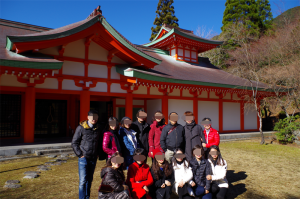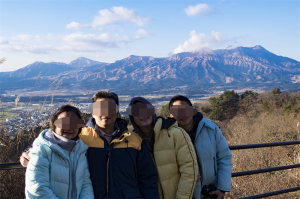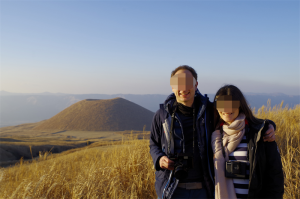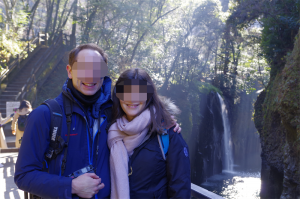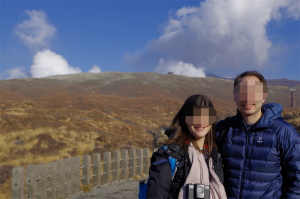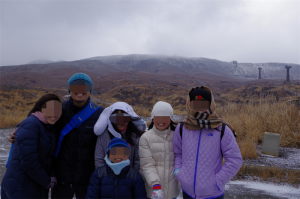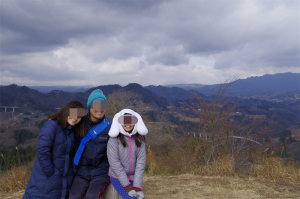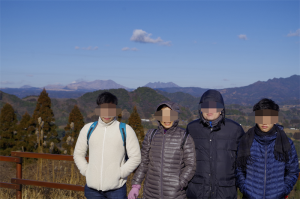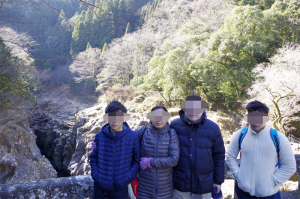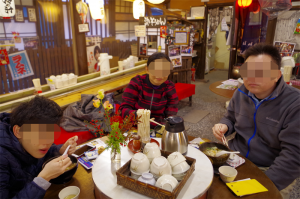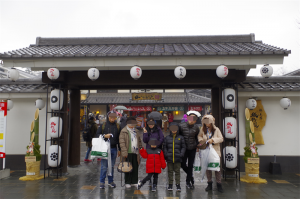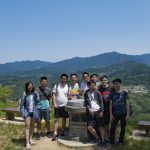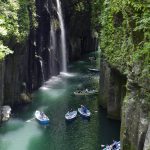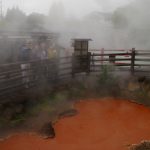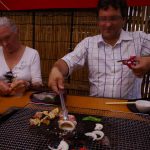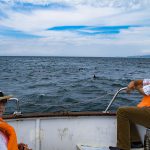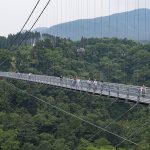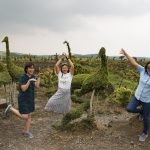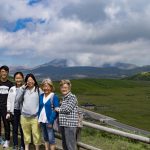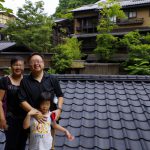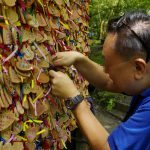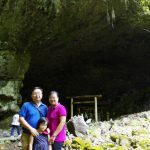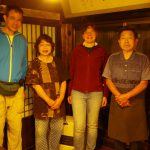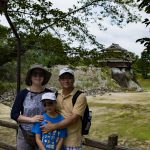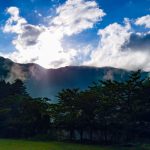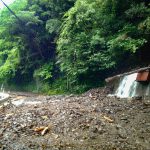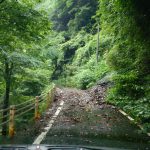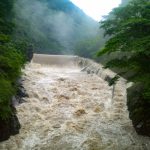As the title says, we have had ZERO people who tested positive for the coronavirus for over 30 days in a row here in Kumamoto !! That’s great news!
Even in Tokyo where the population gets to nearly 14 million, they have only around 10 – 20 people tested positive a day recently.
This is all thanks to our efforts to keep ourselves as clean as possible by wearing a mask and washing hands as soon as we get home or when move from door to door AND our involvement in vaccination, more than 75% of Japanese have got vaccinated as of the early December.
But actually, people have already been enjoying going out for drinking with friends as it’s a party season right now, which is called “Bonenkai” (忘年会 = “forget-the-year party) . We are bored of staying at home and not seeing friends. We miss each other. And they take off the mask while drinking and eating together face to face, but still we have none tested positive for a month.

I also went out for a party with my friends last weekend and that was awesome. We hadn’t seen each other since the beginning of the pandemic, almost for 2 years. We all enjoyed our reunion and talked a lot about our recent situations and something about what we are going to do in the future, after the coronavirus situation.







